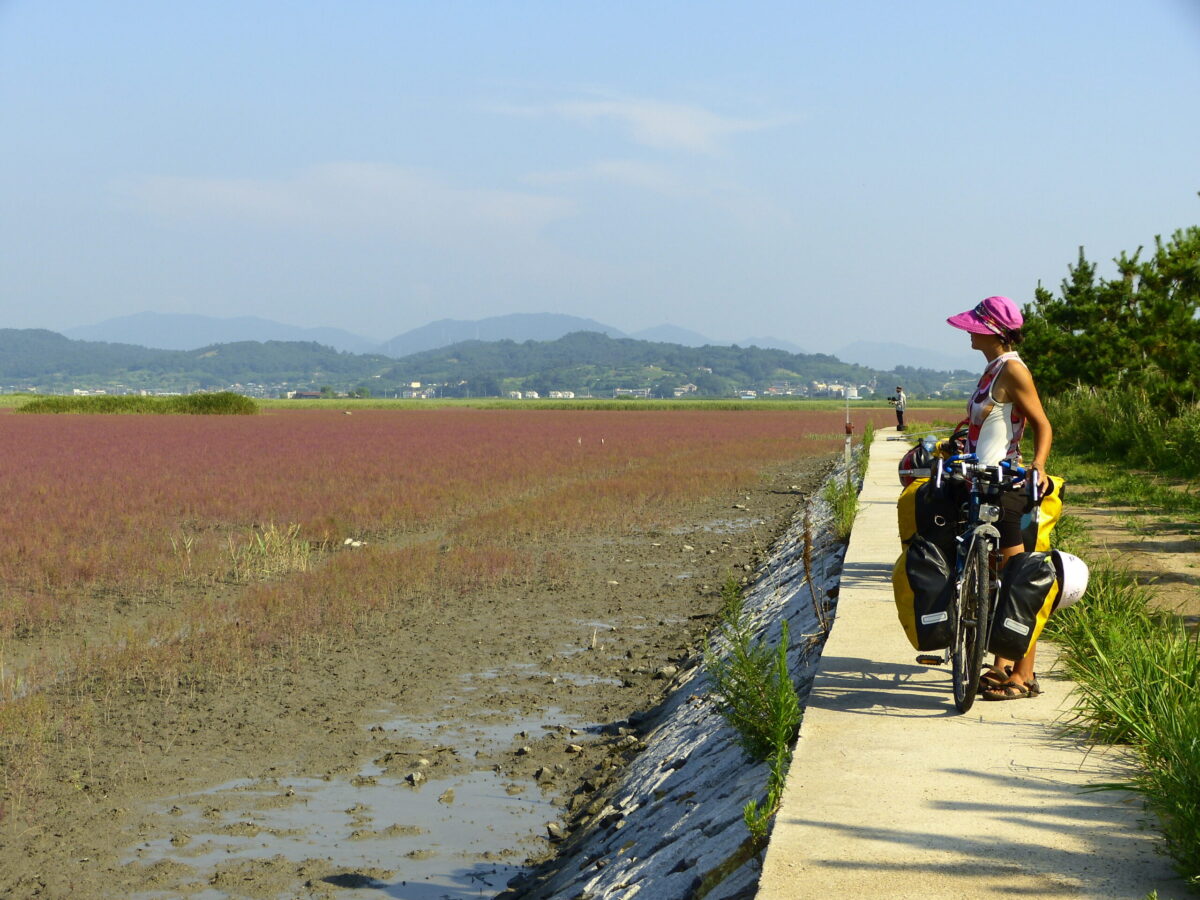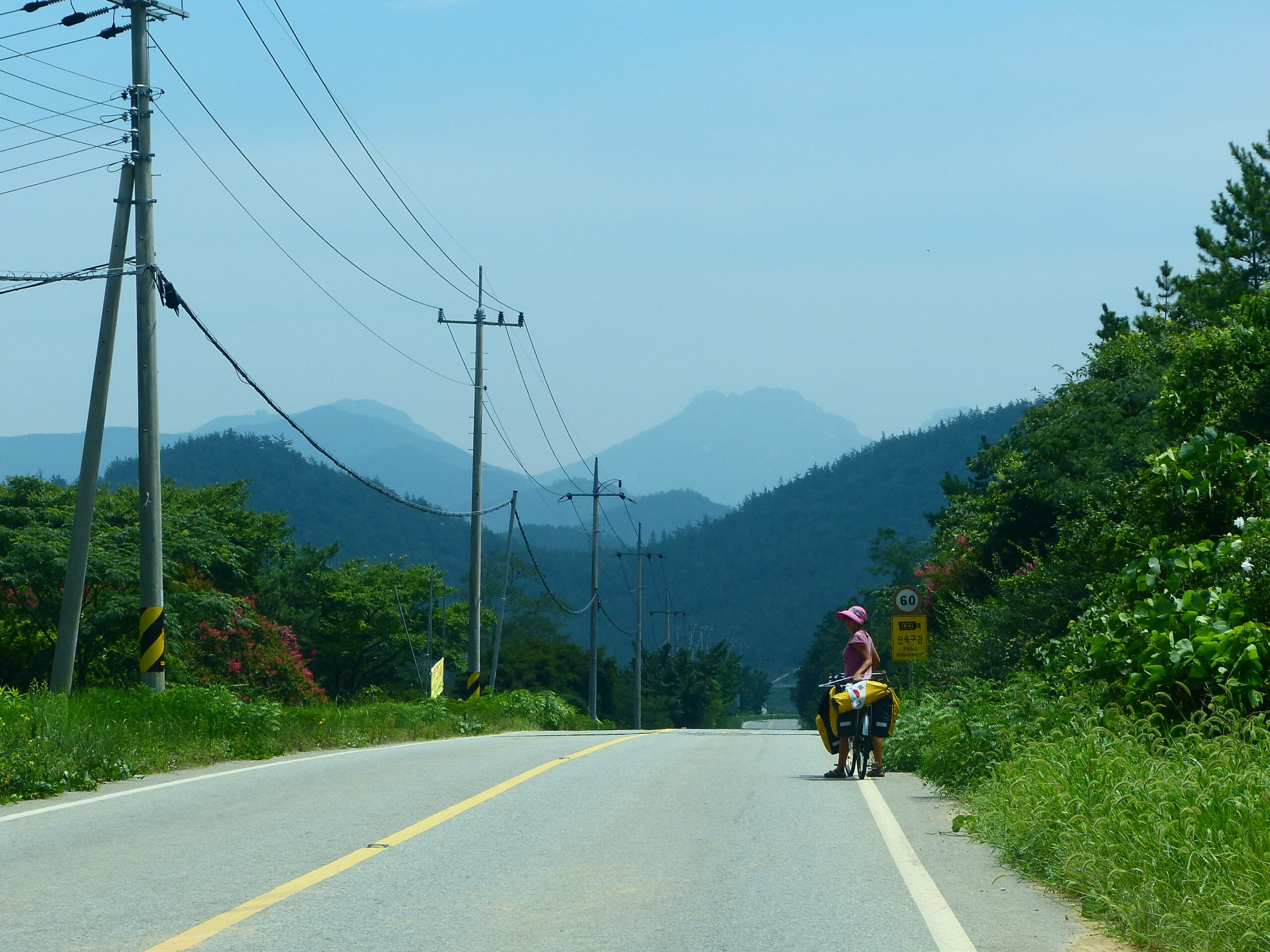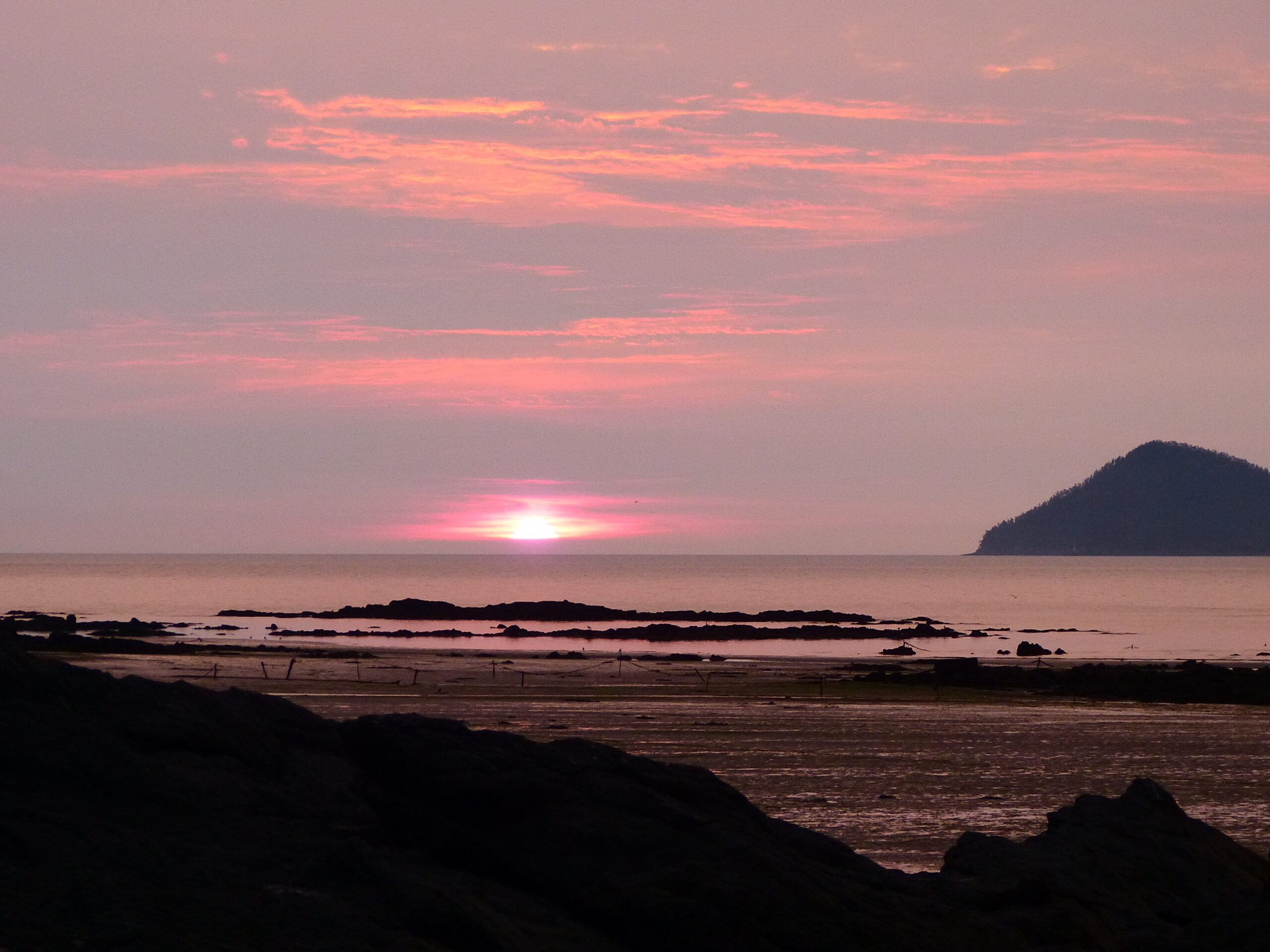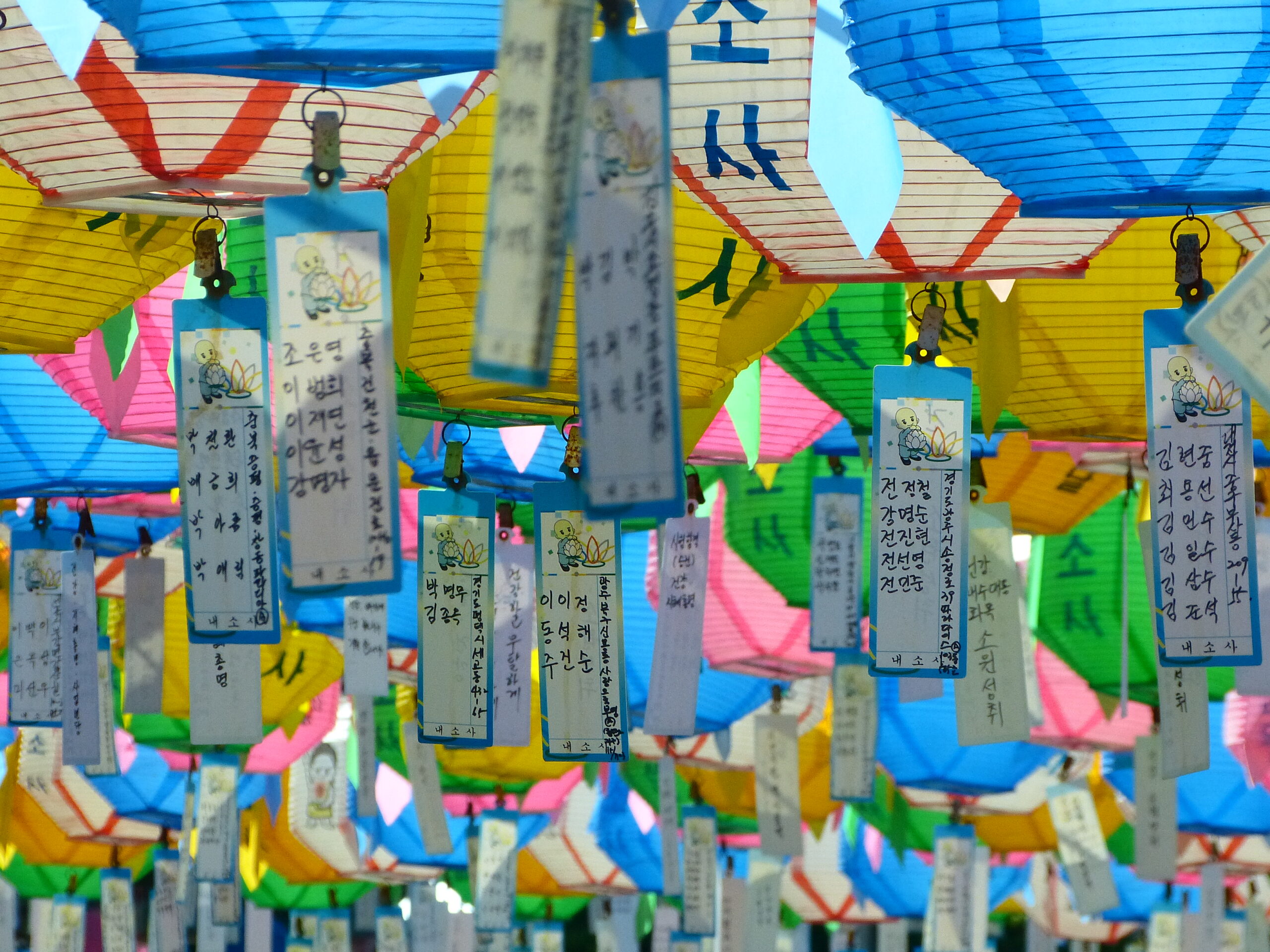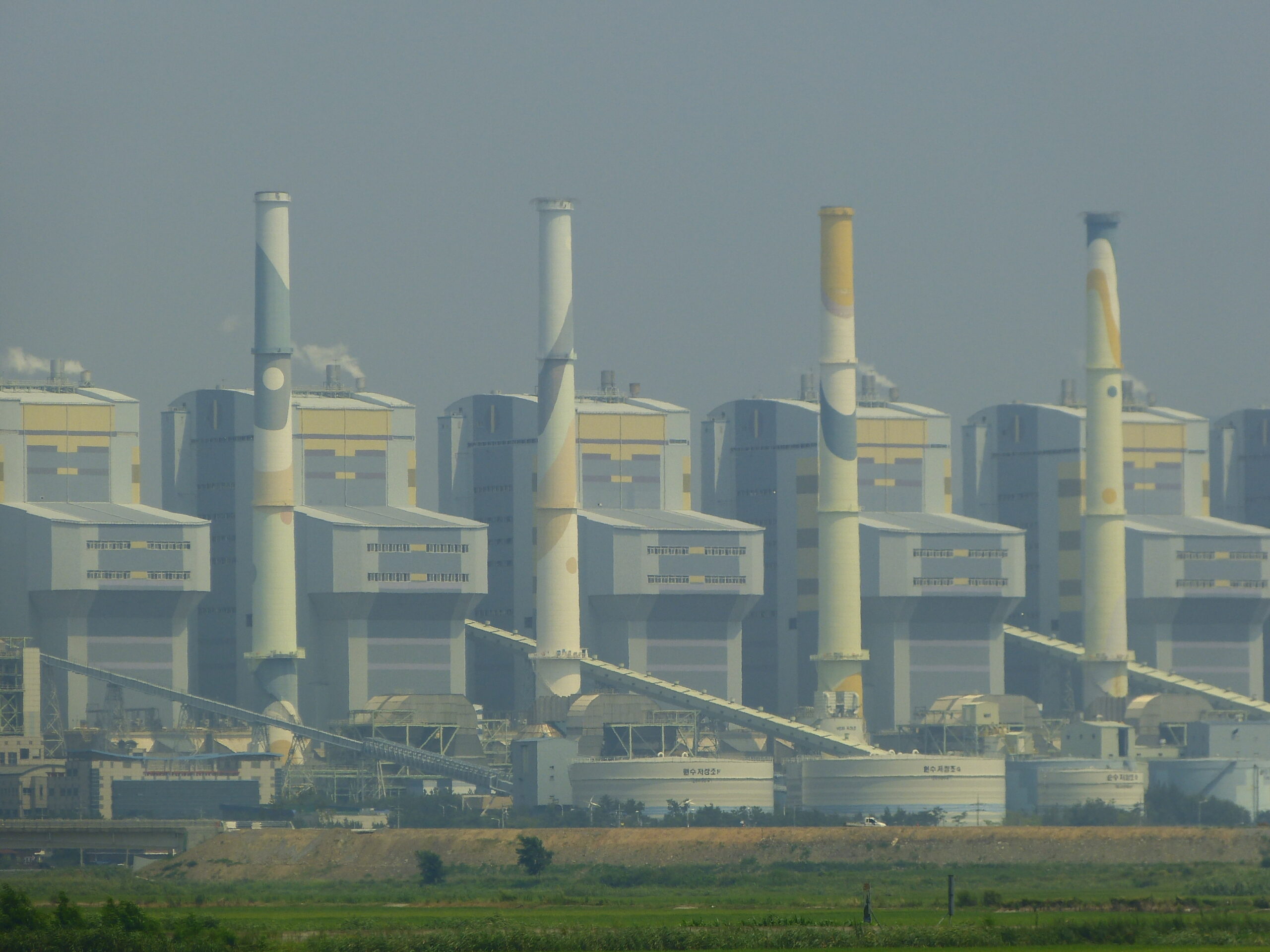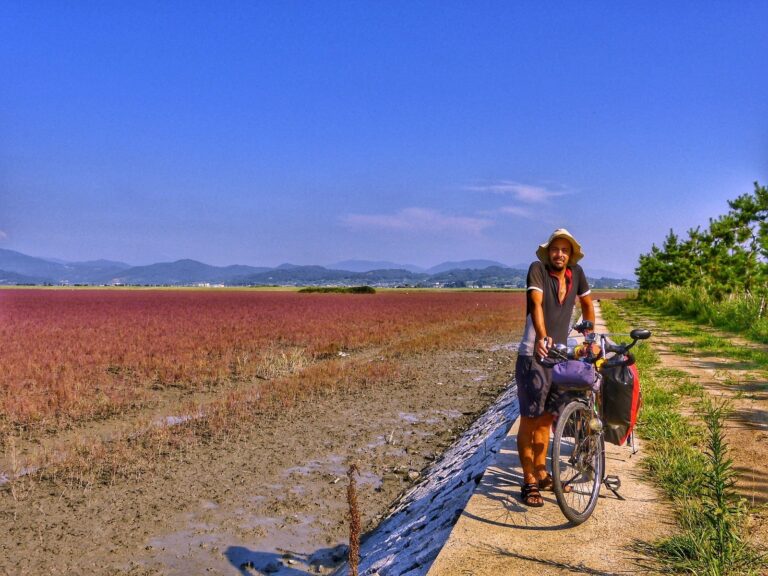Bikepacking Korea – A Thousand Islands
South Korea is the perfect bikepacking destination: welcoming, safe, affordable, camping-friendly, and suitable for all levels.
DISTANCE
1,167 km / 725 miles
DAYS
20
SURFACE
100% Paved
SETUP
Rear panniers – Crosso
Front Panniers – Crosso
Trailer – Extrawheel
BIKE
Koga Miyata (1986)

Get ready for a captivating 1200km cycling adventure through South Korea, designed for those eager to explore the country’s hidden gems and vibrant culture.
Over 2/3 weeks, this route takes you from bustling cities like Seoul and Busan to serene islands and picturesque countryside.
Enjoy leisurely rides with ample rest days, uncovering everything from stunning beaches and national parks to traditional villages and modern metropolises.
Perfect for adventurers and leisure cyclists alike, this journey promises an unforgettable experience of South Korea’s diverse landscapes and rich heritage.
Get more precious information:
> Cycling Korea – All about South Korea by Bike
> Cycle Touring South Korea – Bicycle Touring The Paths Of Korea
South Korea is so welcoming to cyclists that it made it into our 9 Easy Destinations for Bike Touring Beginners!
Difficulty: 4/10
Scenery: 8/10
Culture: 10/10
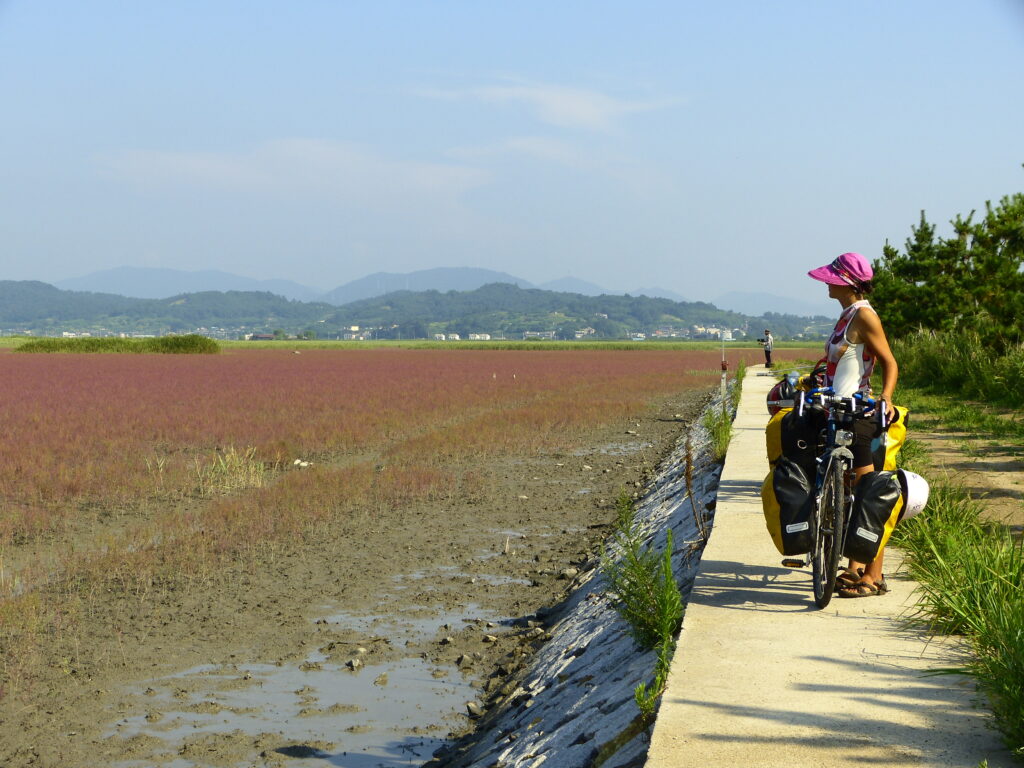
Food Options When Bikepacking South Korea
South Korea offers a diverse and delicious array of food options for bikepackers.
Don’t miss trying Bibimbap, a rice dish with vegetables and meat, the classic Korean Pork Barbecue, and Kimchi, a staple fermented side dish.
Kimbap (rice rolls) and Tteokbokki (spicy rice cakes) are perfect for quick, satisfying meals.
Convenience stores like 7-Eleven and FamilyMart provide pre-cooked meals starting at around $3. Small local restaurants offer hearty meals for $5 to $15, often with unlimited side dishes.
Supermarkets stock a variety of canned foods, frozen meals, and instant noodles, though fresh produce can be pricier.
Be prepared to savor the unique flavors and spices of Korean cuisine as you explore.
Safe Drinking Water and Local Drinks
Drinking water is widely available and safe in South Korea. Koreans rank first in alcohol consumption, and you’ll often be offered drinks. Enjoy cautiously! Local favorites include Soju and Makgeolli.
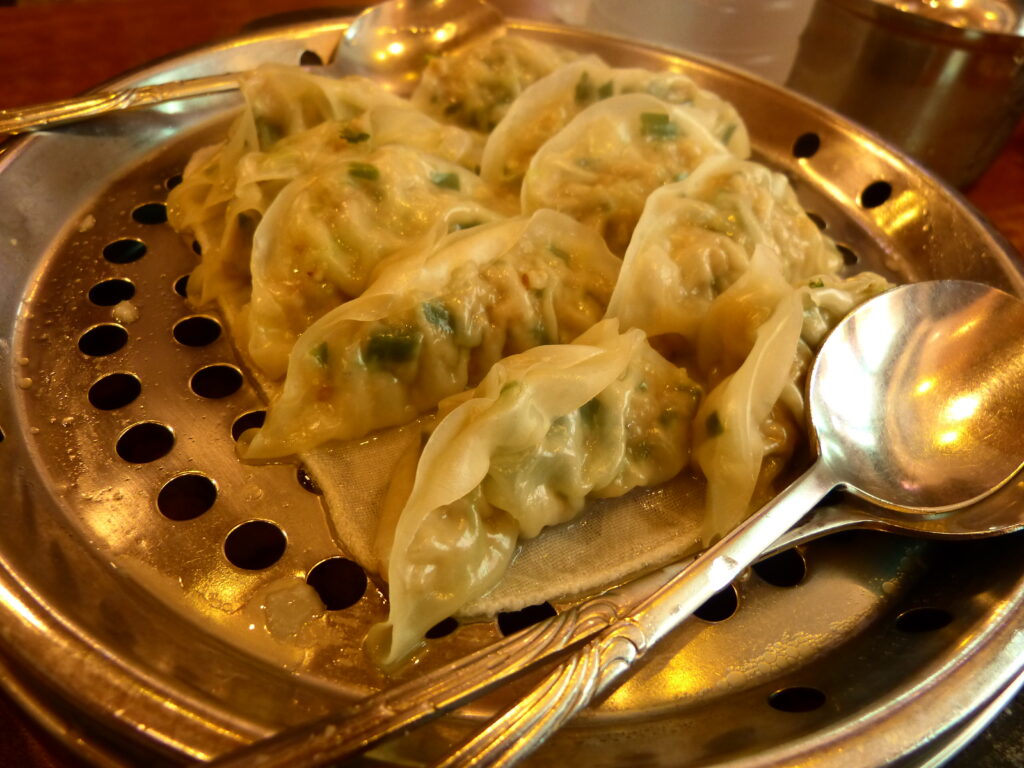
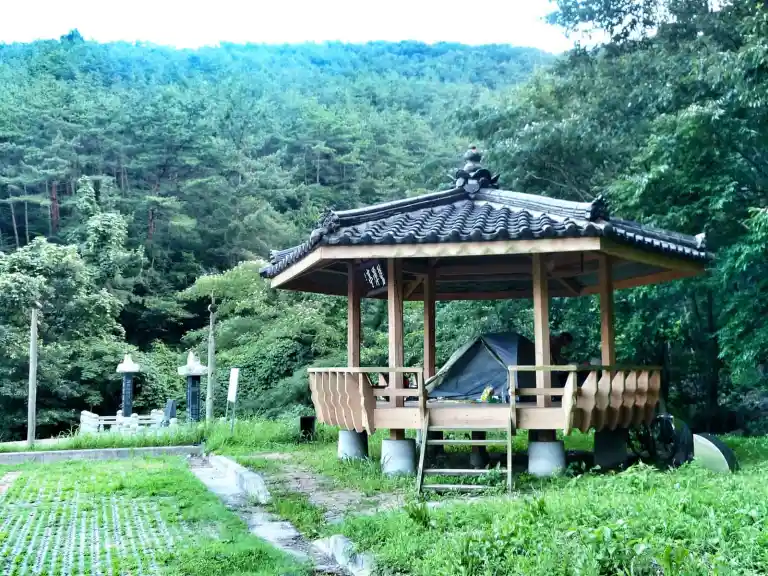
Free Camping in South Korea
Free camping in South Korea is unbeatable. As a camping-friendly nation, Koreans love to camp whenever possible. The country boasts numerous free camping facilities, often equipped with toilets, showers, and shaded tent spots. Even in areas without these facilities, camping is easy and legal, offering a great way to connect with friendly locals and experience Korean culture.
South Korea is dotted with well-maintained wooden gazebos, perfect for resting or even camping. These gazebos, found everywhere including the center of Seoul, are often spacious enough for a small tent, providing comfortable shelter from rain and sun. Despite their exposed locations, you might find yourself greeted with a cup of coffee by a kind local in the morning, adding a touch of Korean hospitality to your adventure.
Sleeping at Local People’s Houses in South Korea
Koreans are incredibly kind, especially in the countryside, though invitations to sleep at someone’s house are rare. While we’ve often been treated to meals and once even received money from a fellow cyclist, overnight invitations have eluded us. Platforms like Warmshowers and Couchsurfing are common, but language barriers can sometimes make hosting challenging. Nonetheless, it’s worth trying as you can meet wonderful people. Volunteering through Workaway or similar websites also offers a chance to immerse yourself in Korean life.
Accommodation in South Korea
In major cities and tourist areas, you can find rooms for under $25 and hostel dorm beds for as low as $9. However, outside these areas, affordable accommodation is harder to come by, with rooms rarely costing less than $50 per night.
A unique and interesting option is sleeping in Jimjilbangs, Korean public baths. For around $5, you can sleep on the floor in large common rooms (separated by gender) and enjoy a relaxing hot bath, provided you’re comfortable with the communal setting.
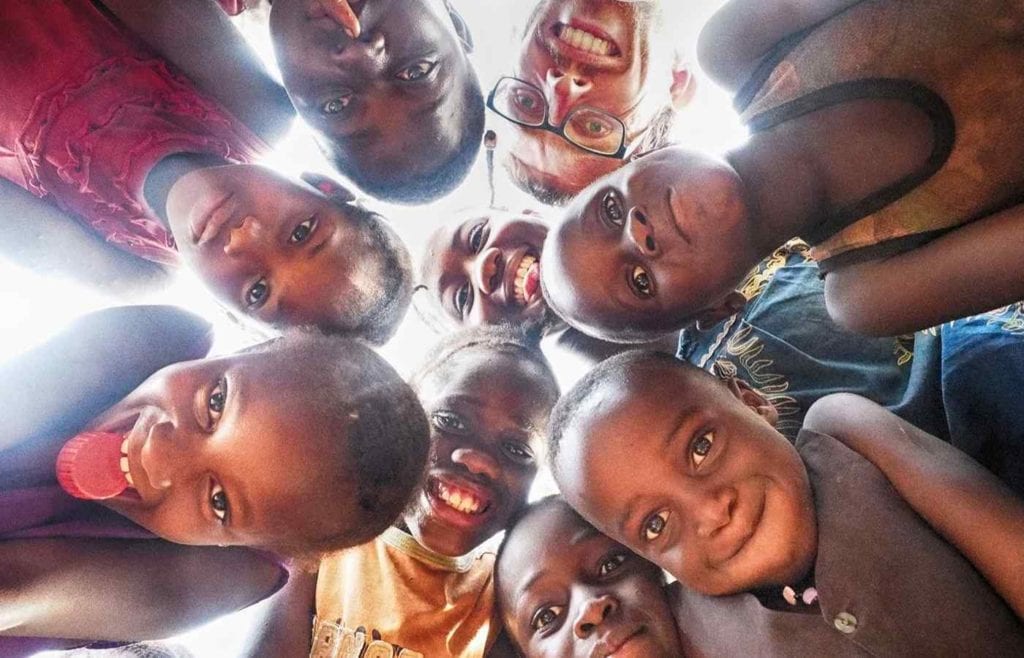
1. Getting to the route start:
This route begins on a small island off Incheon – Anyway Incheon Airport or Port will most likely be your point of entry. Ferries to South Korea are Available from Japan, Russia, and China.
2. Visas:
South Korea allows visa-free entry to nationals of numerous countries for varying periods, depending on the country. Here are some key points regarding visa-free entry:
Visa-Free Entry to South Korea
South Korea allows visa-free entry to nationals from many countries for varying periods. Here are the key points:
Countries Eligible for Visa-Free Entry
- North America
- United States: Up to 90 days
- Canada: Up to 180 days
- Europe
- EU countries: Up to 90 days
- United Kingdom: Up to 90 days
- Switzerland, Norway: Up to 90 days
- Asia-Pacific
- Australia, New Zealand, Japan, Singapore, Hong Kong, Taiwan, Malaysia: Up to 90 days
- South America
- Argentina, Brazil, Chile: Up to 90 days
- Middle East
- United Arab Emirates: Up to 90 days
Conditions and Requirements
- Passport Validity: Valid for at least six months beyond departure.
- Return Ticket: Proof of onward or return travel may be required.
- Sufficient Funds: May need to show proof of funds for your stay.
- No Employment: Employment is not permitted on a visa-free entry.
Special Notes
- K-ETA: Some nationals may need a Korea Electronic Travel Authorization (K-ETA).
- Policy Changes: Visa policies can change, so check with official sources before traveling.
For the latest information, consult the Republic of Korea Visa Portal or contact your local South Korean embassy or consulate.
3. When to ride:
Best Season to Cycle in South Korea
The best seasons to cycle in South Korea are spring (April to June) and autumn (September to November).
Spring (April to June)
- Weather: Mild, with temperatures from 10°C to 25°C.
- Scenery: Blooming cherry blossoms and lush greenery.
- Advantages: Comfortable temperatures and longer daylight hours.
Autumn (September to November)
- Weather: Cool, ranging from 10°C to 20°C.
- Scenery: Stunning autumn foliage in red, orange, and yellow hues.
- Advantages: Crisp air, clear skies, and less crowded tourist spots.
Avoid summer (July to August) due to heat, humidity, and monsoon rains, and winter (December to February) for cold temperatures and icy conditions. Checking air quality and planning routes away from major cities can enhance your cycling experience.
5. Mechanicals:
Bike shops are available in all major cities.
6. Health:
Healthcare in South Korea is not free for tourists. While South Korea offers high-quality medical services, tourists are generally required to pay for healthcare services out-of-pocket. Travel insurance is recommended.
7. Safety:
South Korea is among the safest countries in the world. We even left our tent and belongings for whole days in accessible sites and found everything untouched.
THINGS TO SEE ALONG THE ROUTE
- The bustling megalopolis of Incheon and Seoul. Worth at least 3 full days of exploration.
- The stunning and diverse landscape of the Boryeong Peninsula.
- Stunning beaches in the Busan area.
- Thousands of islands and their ancestral fishermen culture.
- The incredible friendliness of Korean People
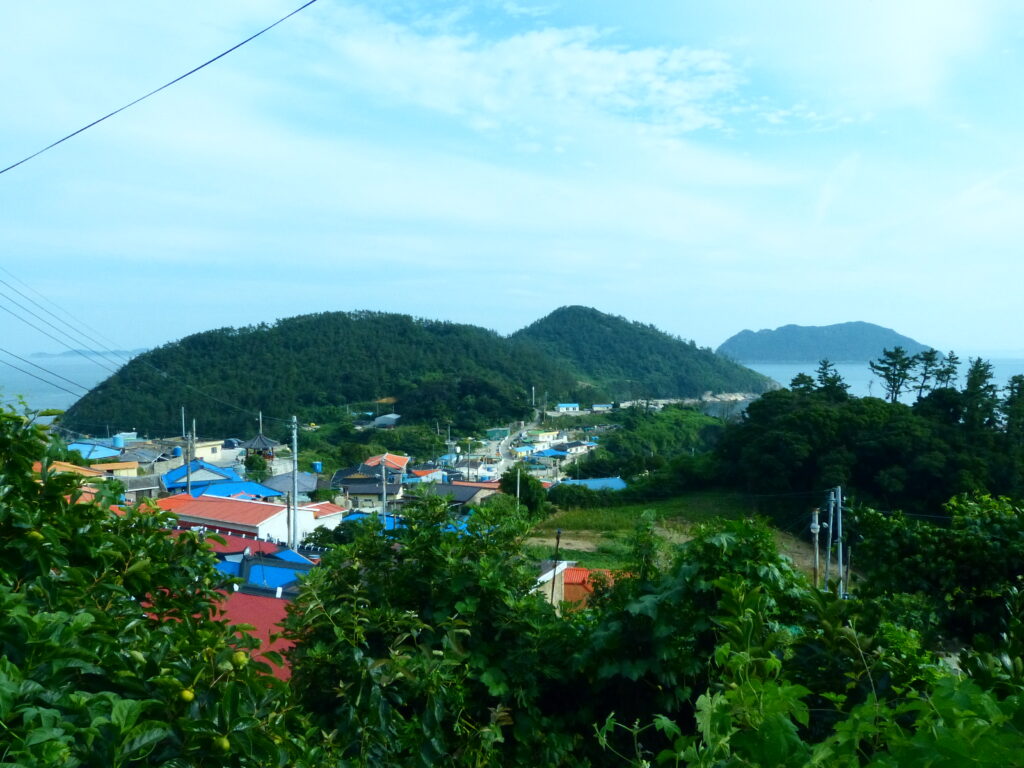
Bikepacking South Korea – Elena’s Blog
After spending some time in Incheon, exploring the offshore islands, and exploring Seoul, we finally began our bike tour of South Korea. Despite hearing that the west coast had little to offer, we decided to see for ourselves.
We spent two months cycling through South Korea off the beaten path, and we loved every moment of it.
Having a three-month visa to explore a country as expansive as South Korea is incredible! We started by taking the bicycle path along the Han River, leading us to the city of Suwon.
Leaving Seoul was surprisingly easy; we didn’t have to battle traffic. The path along the river felt like a different world, with its unique pace and rhythm.
About ten kilometers from Suwon, we met a Korean cyclist. Cycling is quite popular in Korea, partly due to the opportunities to practice in the city.
He spoke English and was very curious. He guided us under a bridge where other cyclists shared cookies with us. One of them was heading to Suwon and “escorted” us into the city.
Once we arrived, we took a break to eat. Our new friend treated us to cookies, ice cream, and coffee, and even gave us 10,000 won (about 10 euros). I was really impressed with the kindness of Koreans!

